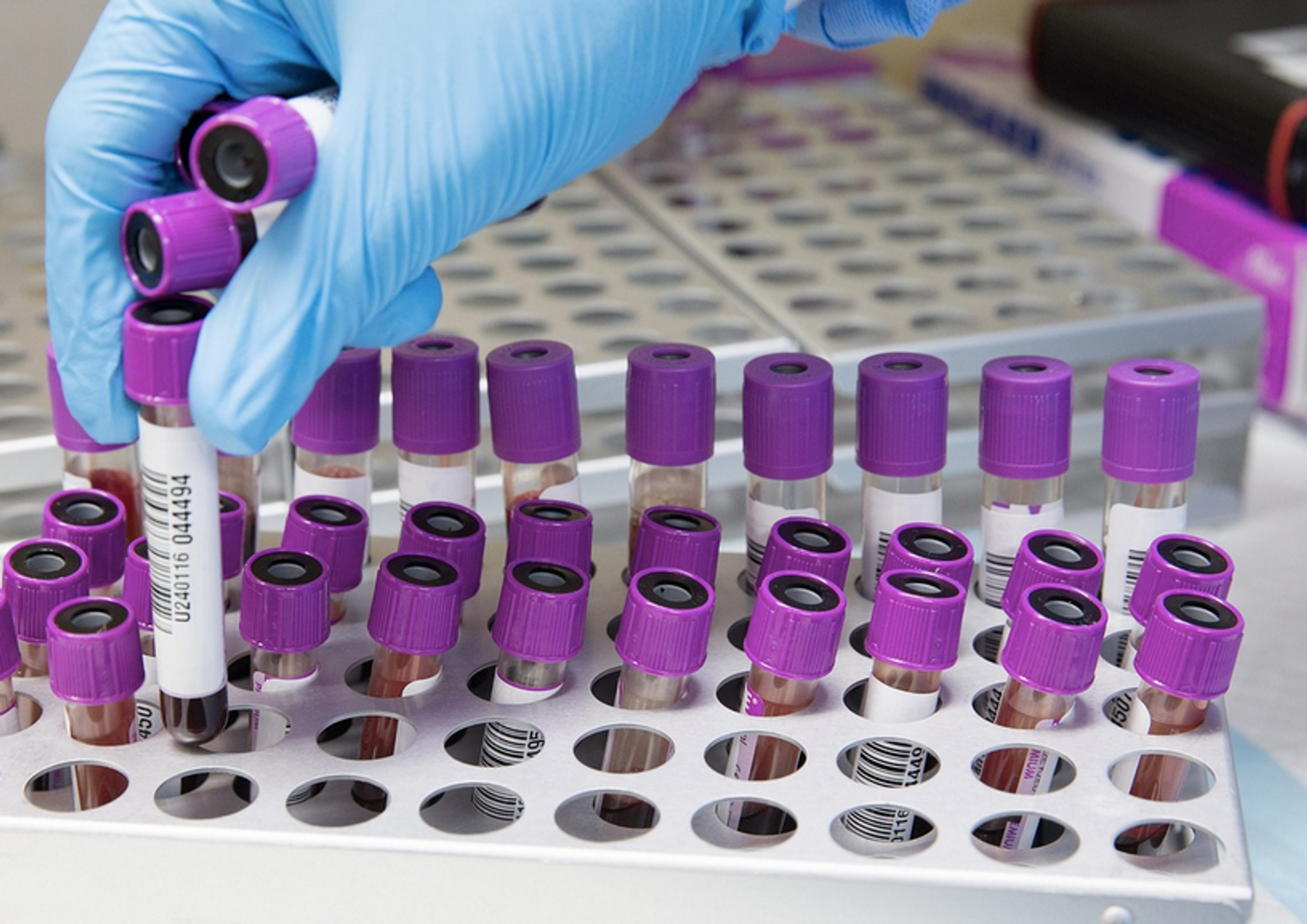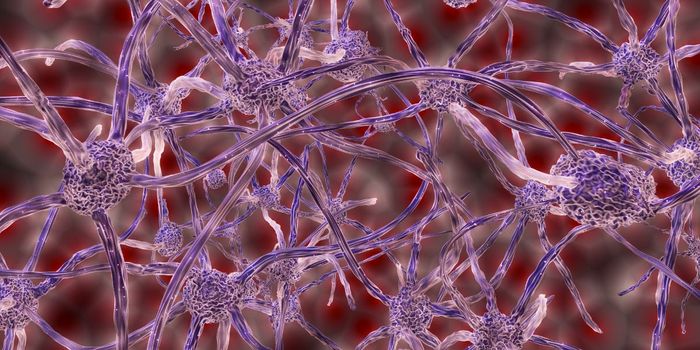Revealing the Mechanisms That Lead to Crohn's Disease
Crohn's disease is a chronic, inflammatory condition that causes abdominal cramps, diarrhea, fever, fatigue, weight loss, and anemia due to the malabsorption of nutrients. There can be other complications depending on the type of Crohn's, which is thought to be an autoimmune disorder. In this case, the immune system is erroneously attacking healthy tissue in the gut. This leads to gut inflammation, and symptoms of disease. Scientists have now learned more about the mechanisms that underlie the development of Crohn's disease, which could help researchers develop better diagnostics, preventive measures, or treatments.
This study, reported in Science Immunology, has highlighted the role of white blood cells in the gastrointestinal tract called intraepithelial lymphocytes (IELs). When these cells express a molecule called the gamma delta T cell receptor, these cells are referred to as gamma delta IELs. Patients with active Crohn's disease seem to have lower than normal levels of these cells.
This work has used a mouse model of Crohn's disease to show that gamma delta IELs play a crucial role in the maintenance of immune signals in the gut. The cells maintain a balance between increased inflammation and the signals that turn that inflammation down.
But gamma delta IELs are disrupted when chronic inflammation in the lower intestine occurs, and as it progresses. Prior to tissue damage, pro-inflammatory molecules disrupt communication between the gamma delta IELs and intestinal epithelial cells that are nearby.
When this happens, the gamma delta IELs start to die, which comprises immune surveillance in the intestine. The gamma delta IELs also lose their ability to stop other pro-inflammatory IELs that can cause tissue damage. As such, low levels of regulatory gamma delta IELs could be triggering the inflammation that is observed in Crohn's disease.
Although previous work has used patient biopsies to show that the levels of gamma delta IELs were abnormally low in patients with active IBD, it was not known if those low levels were causing the disease, or because of it, noted corresponding study author Karen Edelblum, Ph.D., an Associate Professor at the Icahn School of Medicine at Mount Sinai. This study seems to answer that question.
"Our findings now show that gamma delta IELs are substantially decreased weeks before clinical or histological evidence of disease in a mouse model of Crohn's disease-like ileitis," explained Edelblum.
These conclusions also agree with previous findings from other research.
It may be possible to use low gamma delta IEL levels as a biomarker that indicates the potential for disease relapse, or the likelihood that a patient will be helped by available treatments. Gamma delta IELs could offer a potential new therapeutic route as well, though more work will be necessary.
Sources: The Mount Sinai Hospital, Science Immunology




![Master Lab Weighing: Accuracy, Compliance & Audits [eBook]](https://d3bkbkx82g74b8.cloudfront.net/eyJidWNrZXQiOiJsYWJyb290cy1pbWFnZXMiLCJrZXkiOiJjb250ZW50X2FydGljbGVfcHJvZmlsZV9pbWFnZV85MWRmZmRjMDIwNDBlMWJjMzYwN2ZiYWY2ZjI4ZGMzYzBmZGMwZGMyXzkxOTcucG5nIiwiZWRpdHMiOnsidG9Gb3JtYXQiOiJqcGciLCJyZXNpemUiOnsid2lkdGgiOjcwMCwiaGVpZ2h0IjozNTAsImZpdCI6ImNvdmVyIiwicG9zaXRpb24iOiJjZW50ZXIiLCJiYWNrZ3JvdW5kIjoiI2ZmZiJ9LCJmbGF0dGVuIjp7ImJhY2tncm91bmQiOiIjZmZmIn19fQ==)




